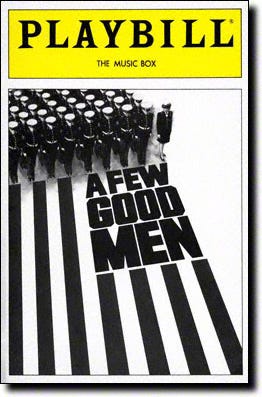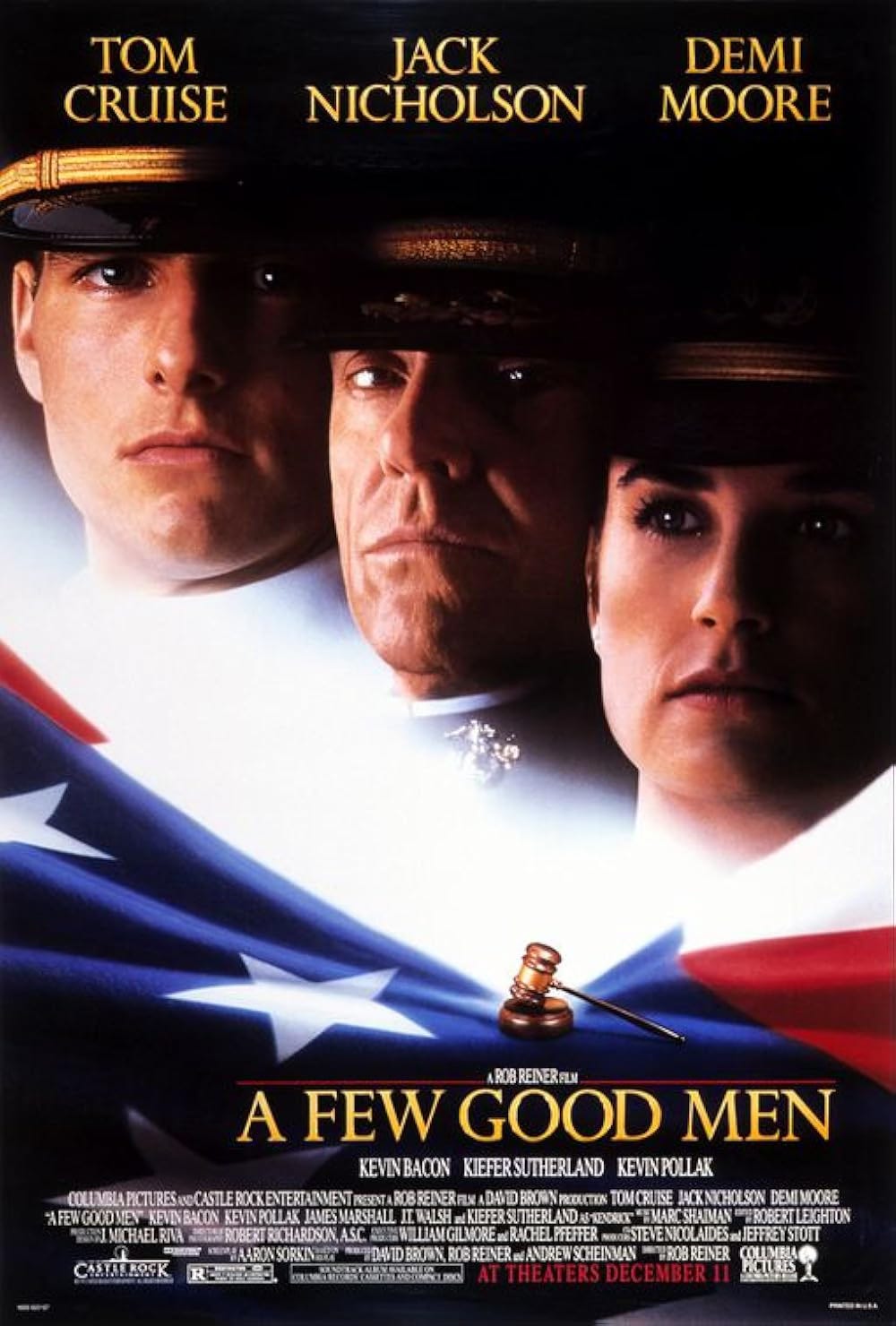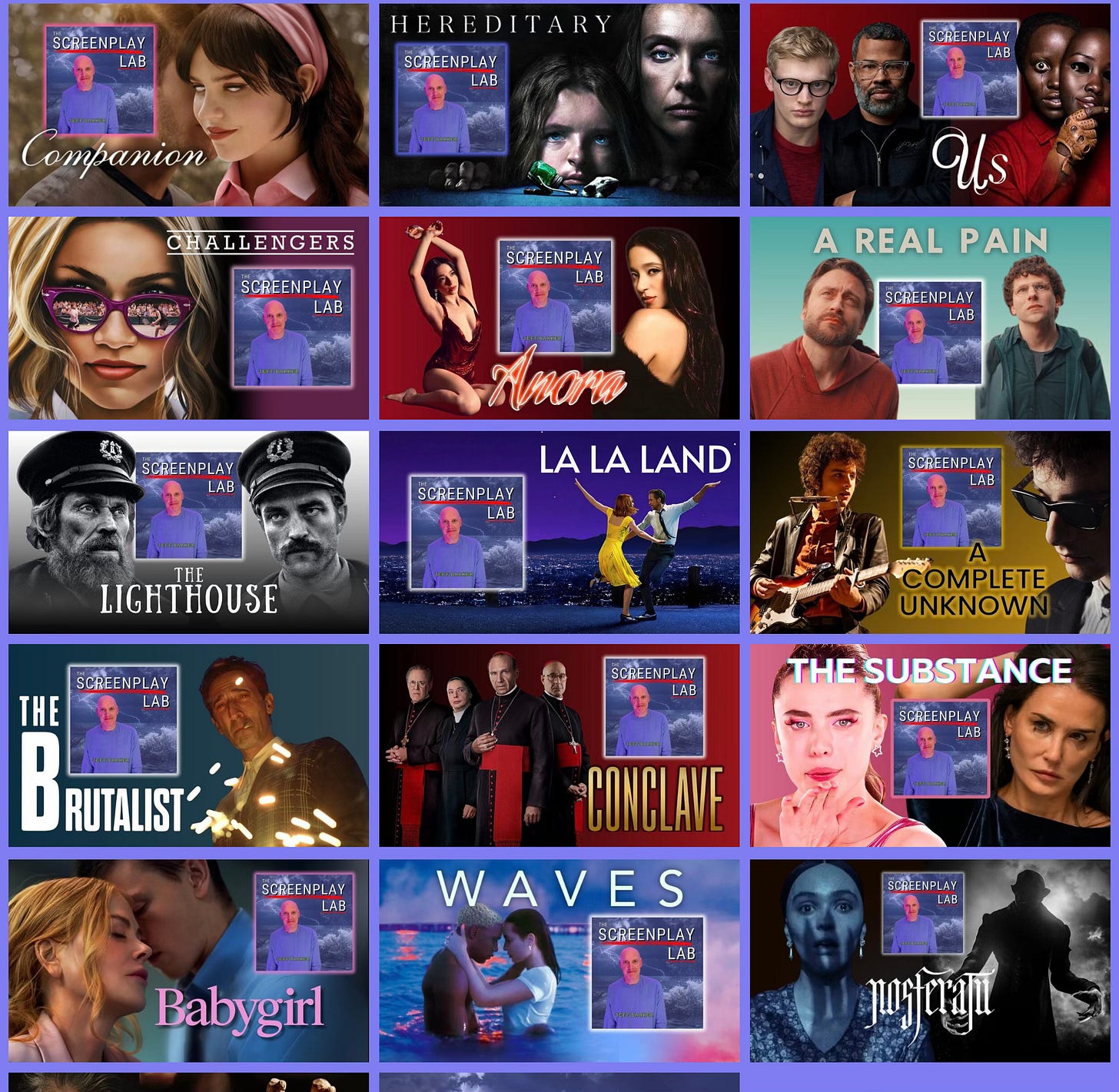The Social Network by Aaron Sorkin | The Screenplay Lab
Let's Go Back in Time
Welcome back to The Screenplay Lab. I’m Jeff Barker. I’m a screenwriter, and this is where we take one screenplay, break it down, and explore it as a literary work. Not just a blueprint for a film but a standalone piece of writing that’s rich, meaningful, and beautifully crafted on its own.
The Social Network by Aaron Sorkin
This screenplay is a true modern classic. It’s hard to believe it is fifteen years old. I decided to revisit it and see if it still holds up, given Sorkin has just been given the green light to write (and direct, no David Fincher this time) the sequel. The working title is The Social Network 2, but we all know that’s not going to be on the poster.
Allow me to go on record with my suggestions:
METAverse
Status Update
Someone call Sony Pictures for me. I need my candy.
The OG-TSN is one of the most studied screenplays of the 2000s due to its nonlinear setup/payoff structure, Sorkin’s patented rapid-layered dialogue, and its ability to turn legal depositions into a gripping cinematic experience (next, do the DMV).
Aaron Sorkin
Aaron Sorkin (64) is one of the titans of the screenwriting industry. He’s the youngest of three children (mom was a teacher, dad was a lawyer) and went to Syracuse in the 80s to study theater.
Known for writing his screenplays longhand and taking multiple showers a day to “reset,” he is known for his intelligent, walk-and-talk crossfire dialogue. He tackles moral, political, and social themes such as power structure, ambition, the burden of leadership, and integrity. That is on full display in the TSN screenplay.
Becoming Sorkin
It’s the late 1980s, and our guy is mid-20s, trying to break into the New York theater world. He’s working as a bartender at a swanky NY spot. His sister calls him to vent about a personal crisis she’s facing. Sis is a JAG lawyer tasked with defending Marines accused of killing other Marines at Guantanamo.
This is the lightbulb moment. He scribbles ideas, plot points, and random pieces of dialogue on cocktail napkins and random scraps of paper while tossing drinks. This leads to the smash hit Broadway play, A FEW GOOD MEN.
It also leads to Sorkin gaining Hollywood representation. His first task as a screenwriter is to adapt his play. That is how we were all gifted the 1992 film, A Few Good Men.
Since then, he has given us so many meaningful stories and adaptations for both film and television.
Malice (1993) co-wrote
The American President (1995)
Sports Night (TV series)
The West Wing (TV series)
Charlie Wilson’s War (2007)
The Social Network (2010)
Moneyball (2011)
The Newsroom (TV series)
Steve Jobs (2015)
Molly’s Game (2017)* also directed
The Trial of the Chicago 7 (2020)* also directed
Not only is he working to find the golden nuggent moment to best tell the story of META, but he’s also “possibly” working on an LBJ biopic.
This Week on The Screenplay Lab Podcast
We are breaking this one all the way down. There’s so much to learn from the 163-page script.
Join me as we take a close look at:
How and why he wrote this screenplay
David Fincher
Why Eisenberg, Garfield, and Timberlake were cast
How the film was produced
Deep dive into Aaron Sorkin
His use of transitions
How he names characters
His use of ALL CAPS
How he structures dual dialogue
His use of bold, underlining, and italics
Whitespace on the page
His surprising use of art in the script
His use of direction on the page
One of the best cold open hooks in the game
How he uses pacing on the page
The nonlinear story structure
How he uses comedy beats
Talking to the reader in action lines
Tell, don’t show?
His use of the side comment
Including music cues
Sorkin’s unique writing voice
Jeff Barker’s Website








